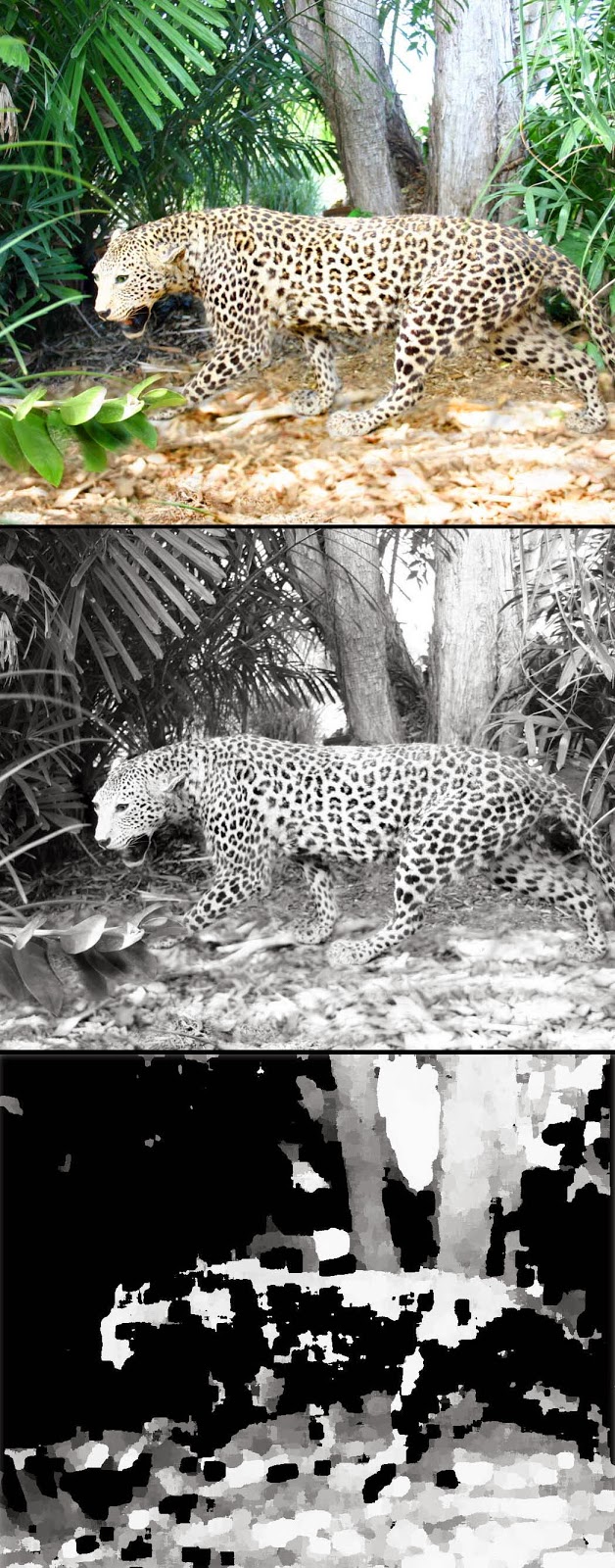Unidentified
Korean artist’s brush painting, “Dog”, date unknown
Note
that I am advised by the Japanese dealer from whom I originally purchased this
large painting that the origin of the work is Korean and I can see traces of the
Korean tradition of painting dogs in the works of Yi Am (in Hangul:이암, in Hanja:李巖,
1499–?; see https://en.wikipedia.org/wiki/Yi_Am)
and Byeon Sangbyeok (18th century; see https://en.wikipedia.org/wiki/Byeon_Sang-byeok).
I do not, however, presume that this unsigned painting is by either of these
painters, nor am I proposing its date of execution—I simply do not
know who the artist may be or when it was painted (beyond being clearly old).
Brush
and ink on brown handmade paper (possibly Hanji [mulberry]) backed with a
support sheet to flatten folds and losses.
Size:
(sheet) 56.4 x 63.8 cm.
Condition:
the sheet has numerous damage issues and has been laid upon an archival support sheet
of millennium quality washi paper to stabilise the losses and flatten the folds.
No restorations (beyond the addition of the support sheet) have been made, because
I decided that the marks, damages and the warm patina of the sheet may be
valued as an intrinsic part of the painting’s history.
I am
selling this simply stunning brush painting revealing its former glory days in
the rich history of its many marks, losses and rich golden patina, for the
total cost of AU$426 (currently US$284.74/EUR257.63/GBP226.79 at the time of
this listing) including Express Mail (EMS) postage and handling to anywhere in
the world, but not (of course) any import duties/taxes imposed by some
countries—note that this large painting may need to be rolled in a cylinder for
posting.
If you
are interested in purchasing this very beautiful painting of a shaggy dog, possibly
in a state of bliss after having a good scratch, please contact me
(oz_jim@printsandprinciples.com) and I will send you a PayPal invoice to make
the payment easy.
This painting has been sold






























































